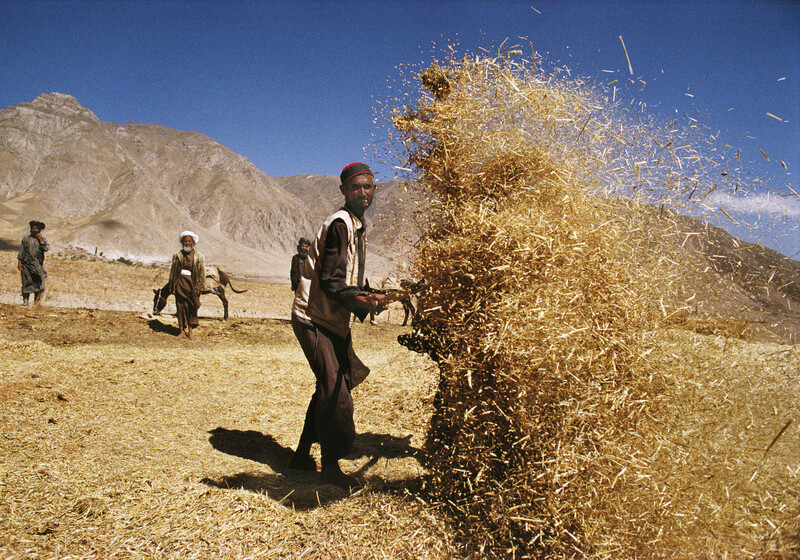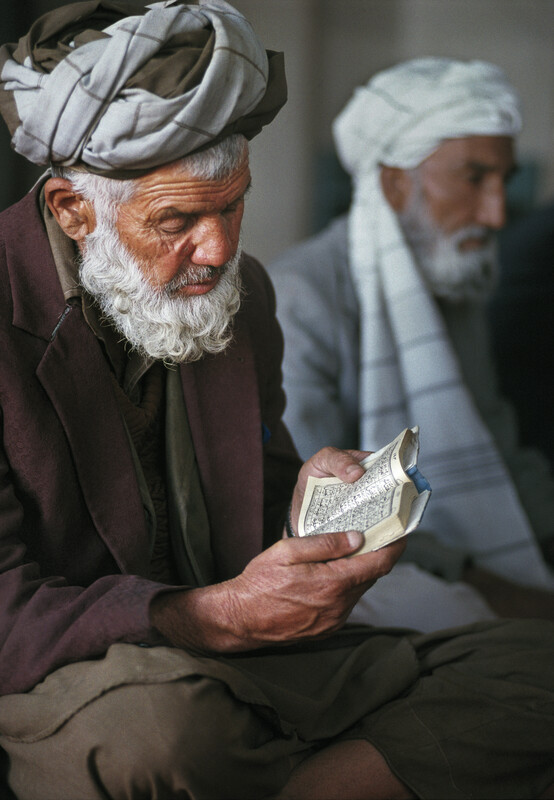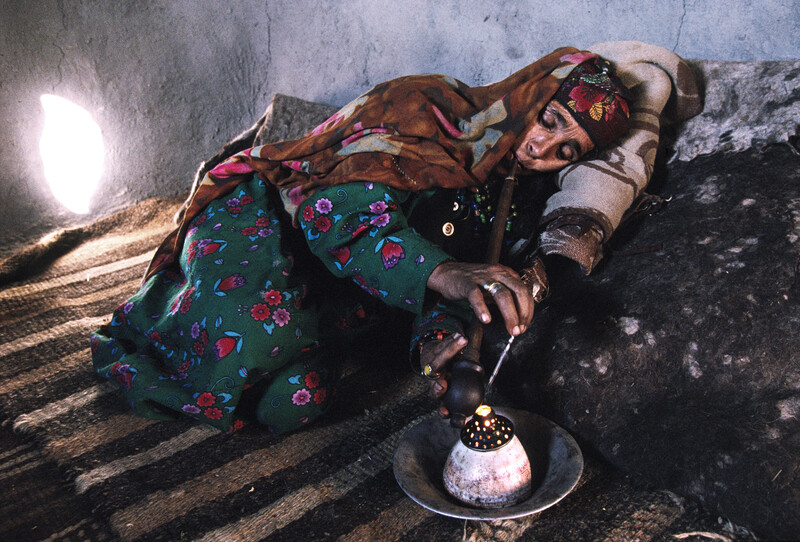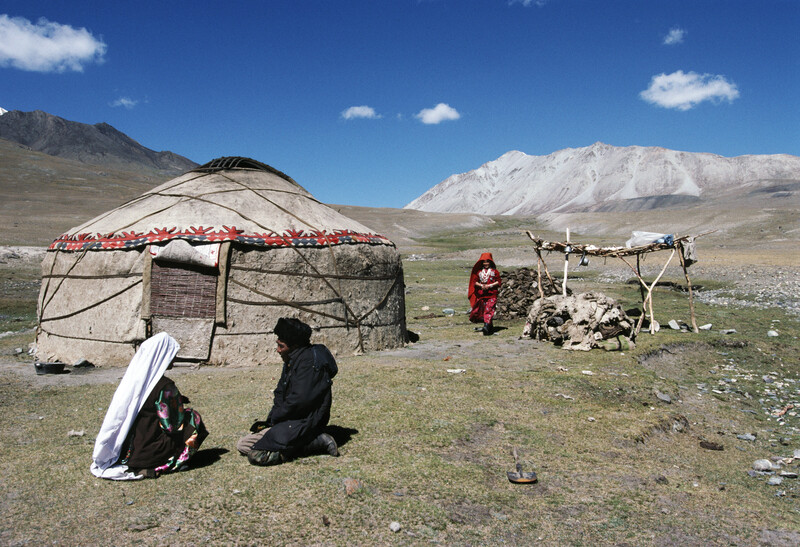Journey to the sources of the Amu Darya
© Stephan GladieuOn foot, on horseback, on the back of a yak, two reporters went back to the origins of the longest river of Central Asia for L'Express and Canal +. Since 1906, few Westerners had ventured there .
Geography has mysteries that even the most sophisticated techniques sometimes have difficulty in piercing. Thus, despite the noria of satellites that undress the Earth with their electronic gaze, we still wonder about the true source of the Amu Darya, the longest river in Central Asia, which is born in the far east of Afghanistan and ends up in the Aral Sea. According to a hypothesis built from old and not very precise maps, this freshwater snake of 2,800 kilometers is born on the heights of the Afghan Pamir. Contrary to what the British Sir Aurel Stein mistakenly concluded in 1906, the source of the Amu Darya is not the Waghjir Darya, a tributary that originates south of Lake Caqmaqtin, but Lake Caqmaqtin itself. To prove this, there is no other way than to embark on a 400-kilometer adventure, on foot, in a country tortured by war.
Since 1906, almost no Westerner has reached the end of this northern appendage, the Wakhan, a 300-kilometer-long finger of land caught between Pakistan, China and Tajikistan. A corridor interspersed with vertiginous peaks, green plains and stretches of desert, designed in 1895 to act as a buffer between the British Empire and Russia. In the past, the region was one of the most popular routes in Central Asia. In the 2nd century B.C., the Chinese inaugurated a road that crossed it from one side to the other, for the trade of silk, but also of spices, jade, mirrors and lacquered wood. In 1273, while on his way to China, Marco Polo also left his mark on the Wakhan by giving his name to a spiral-horned ibex. And Peter the Great suffered one of his most bitter defeats there when his army, which had come to study the possibility of diverting the course of the Amu Darya (in order to gain direct access to the region from the Caspian Sea), was completely decimated in 1719.
The expedition was perilous. However, thanks to a truce between the Taliban and the Shura-e Nazar (the allied forces of Commander Ahmad Shah Massoud), the summer of 1998 offered a "window" for this discovery of the Wakhan.
The best itinerary is to start from Pakistan and go up to the north, towards the Afghan border.
click to view the complete set of images in the archive

















